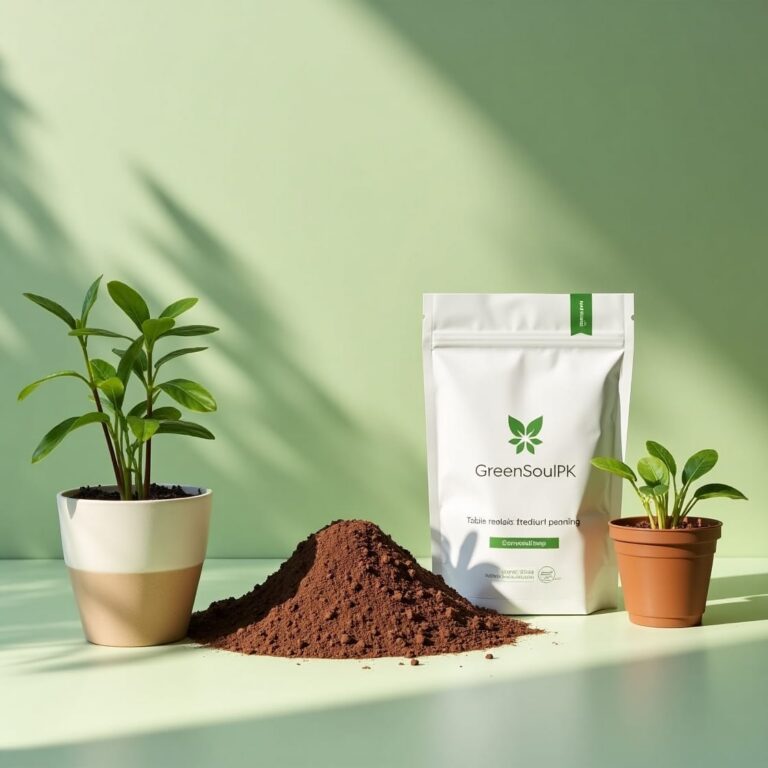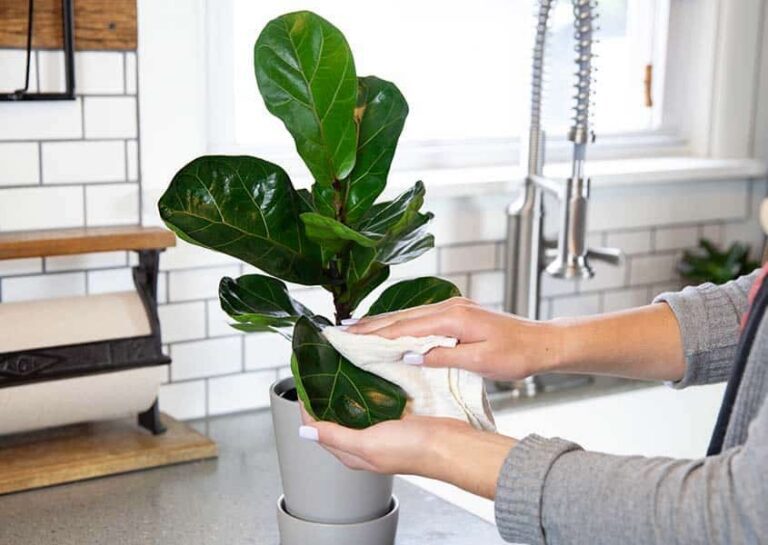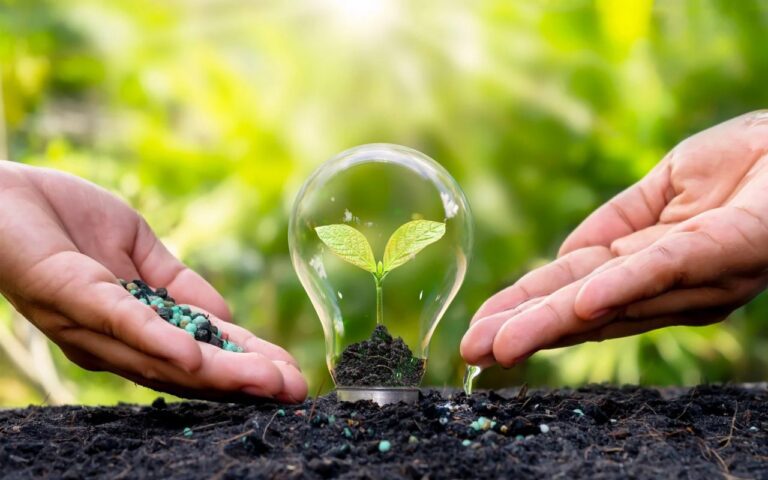![]()
How to Grow and Care for Broccoli | Complete Gardening Guide
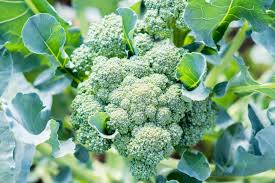
Broccoli is a nutrient-packed, versatile vegetable that thrives in both home gardens and containers. Knowing how to grow and care for broccoli properly ensures a bountiful harvest of fresh, flavorful heads. Whether you’re a seasoned gardener or a beginner, this guide breaks down everything you need to know — from planting broccoli seeds to nurturing your plants and harvesting at the right time.
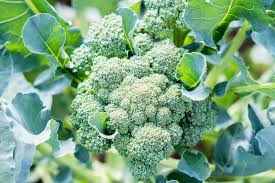
Why Grow Broccoli in Your Garden?
Growing broccoli at home has plenty of advantages. Not only is it rich in vitamins A, C, and K, but it’s also packed with fiber and antioxidants. Homegrown broccoli often tastes better than store-bought versions, and you can ensure it’s grown without harmful chemicals.
Plus, broccoli is a cool-season crop, meaning you can enjoy early spring or fall harvests. It’s relatively easy to grow with the right care — making it a rewarding addition to your vegetable garden.
Choosing the Right Broccoli Seeds
Selecting high-quality seeds is the first step toward how to grow and care for broccoli successfully. You’ll find different types of broccoli to suit your garden and taste preferences:
- Calabrese Broccoli: A popular variety with large, dark green heads and thick stalks.
- Sprouting Broccoli: Produces multiple smaller heads instead of one large one.
- Romanesco: Known for its striking, spiral pattern and nutty flavor.
- Purple Broccoli: Offers vibrant color and a slightly sweeter taste.
Choose certified organic or non-GMO seeds if you’re aiming for a pesticide-free garden.
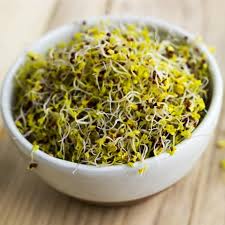
Preparing the Soil for Broccoli
Broccoli thrives in rich, well-draining soil with a neutral to slightly acidic pH between 6.0 and 7.0. Follow these steps to prep your garden bed:
- Loosen the soil to a depth of 12-18 inches to promote strong root development.
- Add compost or aged manure to enrich the soil with nutrients.
- Check the pH level using a soil test kit and adjust if needed.
- Ensure good drainage to prevent soggy roots, which can lead to rot.
For container planting, use a high-quality potting mix designed for vegetables.
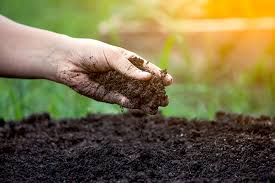
When and How to Plant Broccoli Seeds
How to grow and care for broccoli starts with the right timing. Broccoli prefers cooler temperatures, so timing your planting is essential:
- Spring planting: Start seeds indoors 6-8 weeks before the last frost, then transplant seedlings outdoors 2-3 weeks before the last frost date.
- Fall planting: Sow seeds directly into the garden in late summer for a fall harvest.
Planting Steps:
- Plant seeds 1/4 to 1/2 inch deep in seed trays or directly in the garden.
- Space plants 18-24 inches apart to allow room for mature growth.
- Water gently to moisten the soil without disturbing the seeds.
- Label varieties if you’re growing more than one type.
Watering and Feeding Broccoli Plants
Consistent watering is key to producing large, healthy broccoli heads:
- Water deeply to keep the soil evenly moist — about 1-1.5 inches per week.
- Avoid overhead watering to prevent fungal diseases.
- Feed with a balanced fertilizer or compost tea every 3-4 weeks.
Broccoli is a heavy feeder, so ensure your plants get enough nitrogen for leafy growth and phosphorus for strong roots.
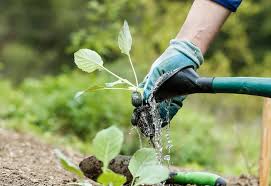
Providing Light and Temperature Control
Broccoli needs full sun — at least 6-8 hours of direct sunlight daily. However, it also prefers cooler temperatures between 60-70°F (15-21°C).
- Too much heat can cause broccoli to bolt (flower prematurely), leading to smaller heads.
- Use shade cloths during unexpected heat waves to protect young plants.
- Row covers help extend the growing season in cooler climates.

Mulching and Weed Control
Mulching is a game-changer for broccoli plants:
- Apply a 2-inch layer of mulch around plants to retain moisture, regulate soil temperature, and suppress weeds.
- Straw, grass clippings, or shredded leaves work well as organic mulch.
- Hand-pull weeds to avoid disturbing broccoli’s shallow roots.
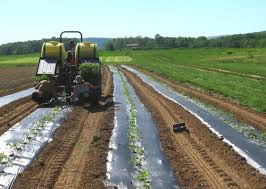
Managing Pests and Diseases
Broccoli is prone to pests like cabbage worms, aphids, and flea beetles. Keep your plants safe with these natural strategies:
- Inspect plants daily for holes or pests.
- Pick off larger pests like caterpillars by hand.
- Spray neem oil or insecticidal soap to control aphids.
- Encourage beneficial insects like ladybugs and lacewings.
- Use row covers to block flying pests.
For diseases like clubroot or downy mildew, ensure proper spacing for airflow and avoid overhead watering.

Supporting Broccoli Growth
Broccoli plants are sturdy, but they benefit from a little support:
- Stake taller varieties if they become top-heavy.
- Tie plants loosely with soft ties to prevent damage.
- Remove yellowing leaves to redirect energy to the heads.
Harvesting Broccoli at the Right Time
Timing your broccoli harvest ensures the best flavor and texture:
- Harvest when heads are tight and green — before flowers start to bloom.
- Cut the central head about 5-6 inches down the stem.
- Leave side shoots to grow smaller heads for an extended harvest.
Broccoli stores well in the fridge for about a week, but it’s best enjoyed fresh.
Final Thoughts
By following this complete guide, you’ll master how to grow and care for broccoli — from planting seeds to enjoying your harvest. With a little patience and the right care, you’ll have a garden full of vibrant, nutritious broccoli to enjoy all season long.
Happy gardening!

